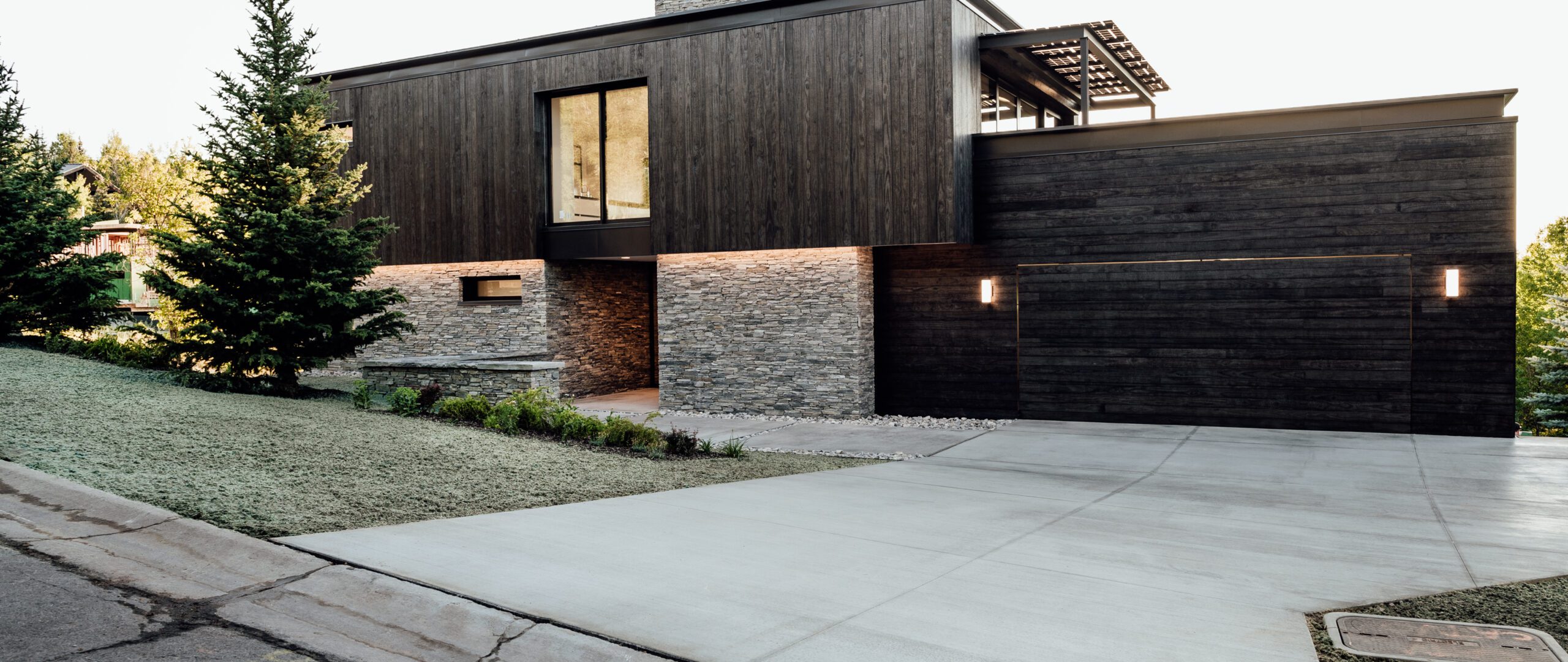
More and more homeowners are turning to ordinary wood, relying on the environmentally friendly material for style, substance and a dash of luxury.
The first wave of sustainable architecture, starting in the late 20 century, was concerned with energy consumption, says Uli Dangel, an associate professor of architecture at the University of Texas at Austin. But now that many homes have highly effective insulation and more efficient ways to heat and cool, the emphasis has moved on to concerns about the carbon footprint of preparing, using and disposing of building materials. Wood—which stores carbon, and can be recycled—is the winner, hands down, he says, with steel and concrete losing out.
Wood isn’t only better for the environment, but better for the eye, says Utah architect Chris Price, who specializes in energy-efficient residential projects in the booming Park City market. In 2019, Mr. Price, founder of the Klima Architecture studio, designed a 5,100-square-foot solar-powered Park City five-bedroom, built to passive-house standards, at a cost of $2.3 million. For the interiors, Mr. Price and interior designer Julie Chahine combined light-stained oak floors with high-performance wood paneling that had been given a dark, barn-wood finish. On the outside cladding, he relied again on modified, high-performance wood, this time with a charred-wood finish. His source was the Austin-based company, Delta Millworks, which specializes in sustainable cladding and decking.
Robbie Davis, Delta’s owner, says environmentally-friendly ways of enhancing softer woods are leading to results that have the benefits of hardwood.
Read more about why architects and designers are choosing wood as a material for all seasons in “It May Look Like a Vacation Home, but This Finnish House Is Built for Every Season” in The Wall Street Journal.
